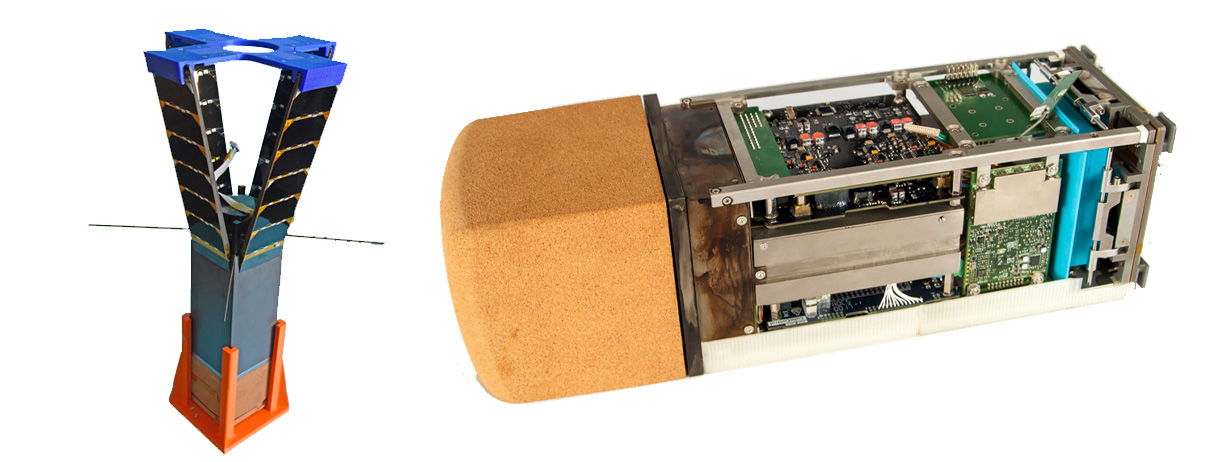QARMAN, a nano-satellite designed and built at VKI, was launched to the International Space Station on December 5, 2019. Deployed is expected to take place in the week of February 12, 2020.
QARMAN (Qubesat for Aerothermodynamic Research and Measurements on AblatioN) is the world’s first CubeSat designed to survive atmospheric re-entry. Work on it started in 2013 at the von Karman Institute for Fluid Dynamics (VKI).
The aim of the QARMAN mission is to demonstrate the usability of a CubeSat platform as an atmospheric entry vehicle. Spacecraft descending towards a planet with an atmosphere experience very harsh environment including extreme temperatures (several thousand degrees).
Information about Qarman’s 437.350 MHz 9600 bps GMSK AX.25 beacon has now been released by the team.
Download the Qarman Beacon Definition QARMAN_BCNdef_v1.1
Download the Beacon Decoder spreadsheet QARMAN_BCNdecoder
Reports can be sent to operations@qarman.eu

